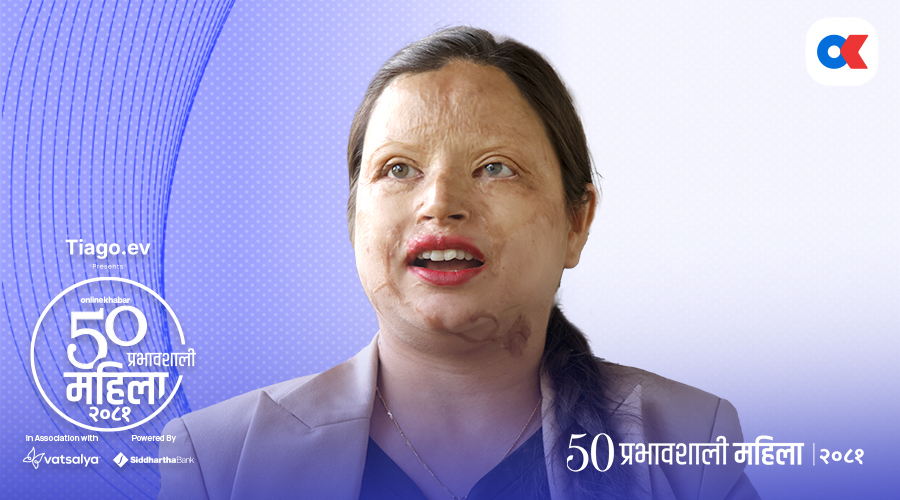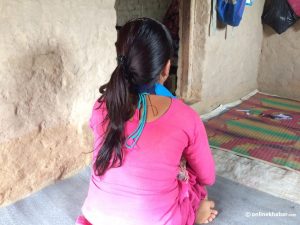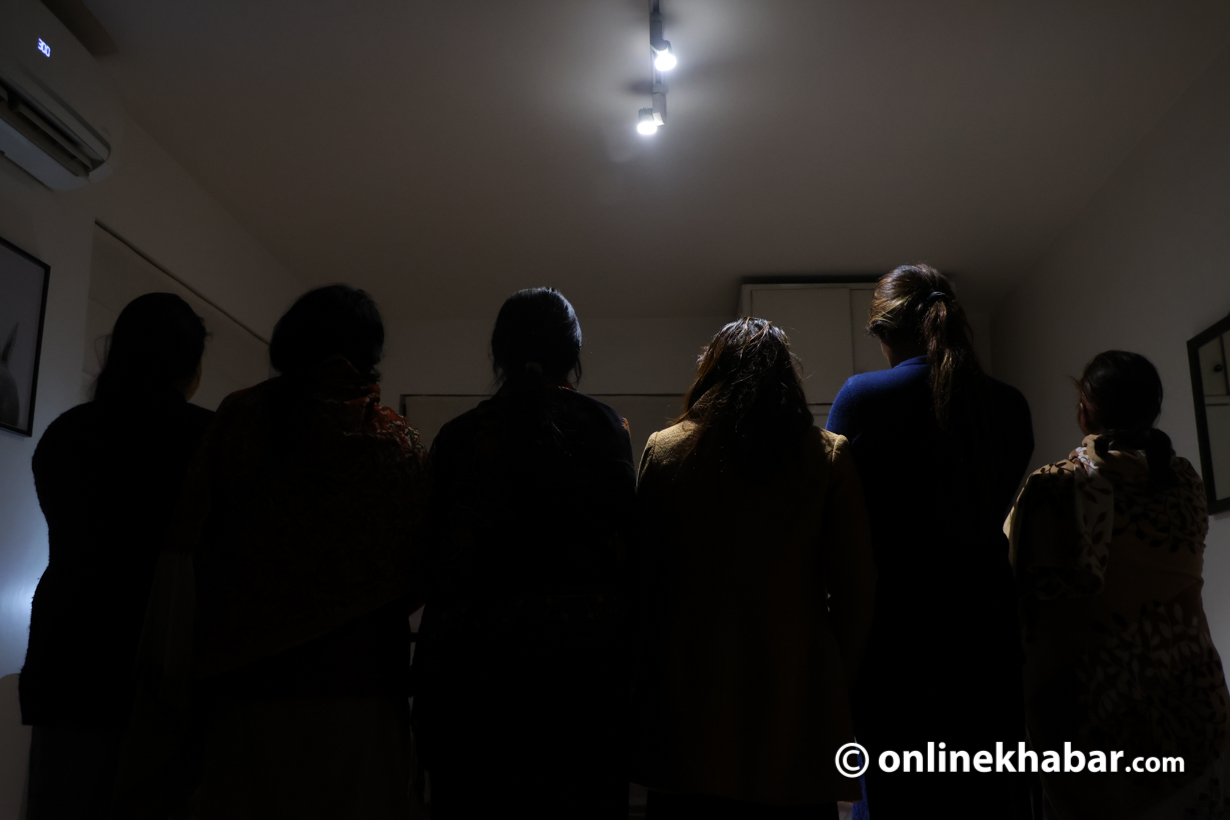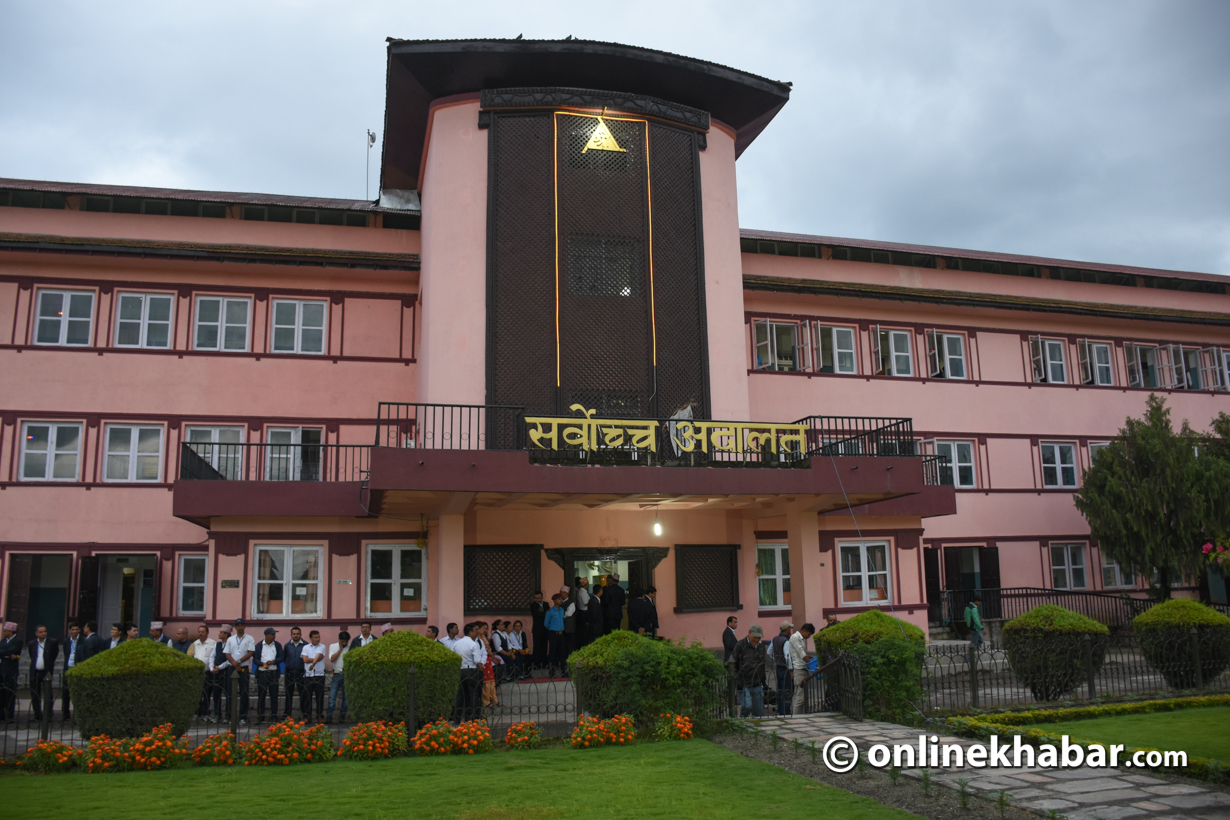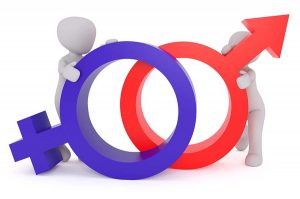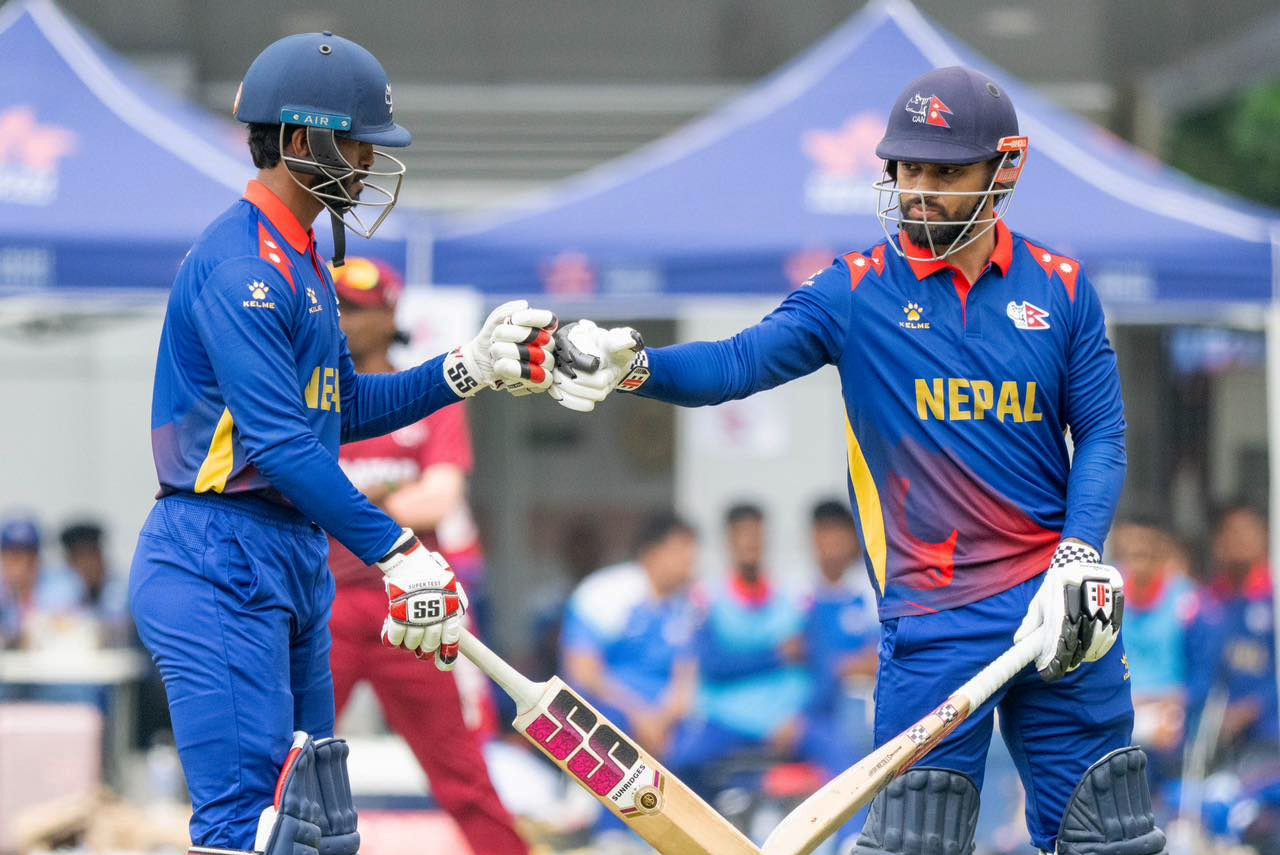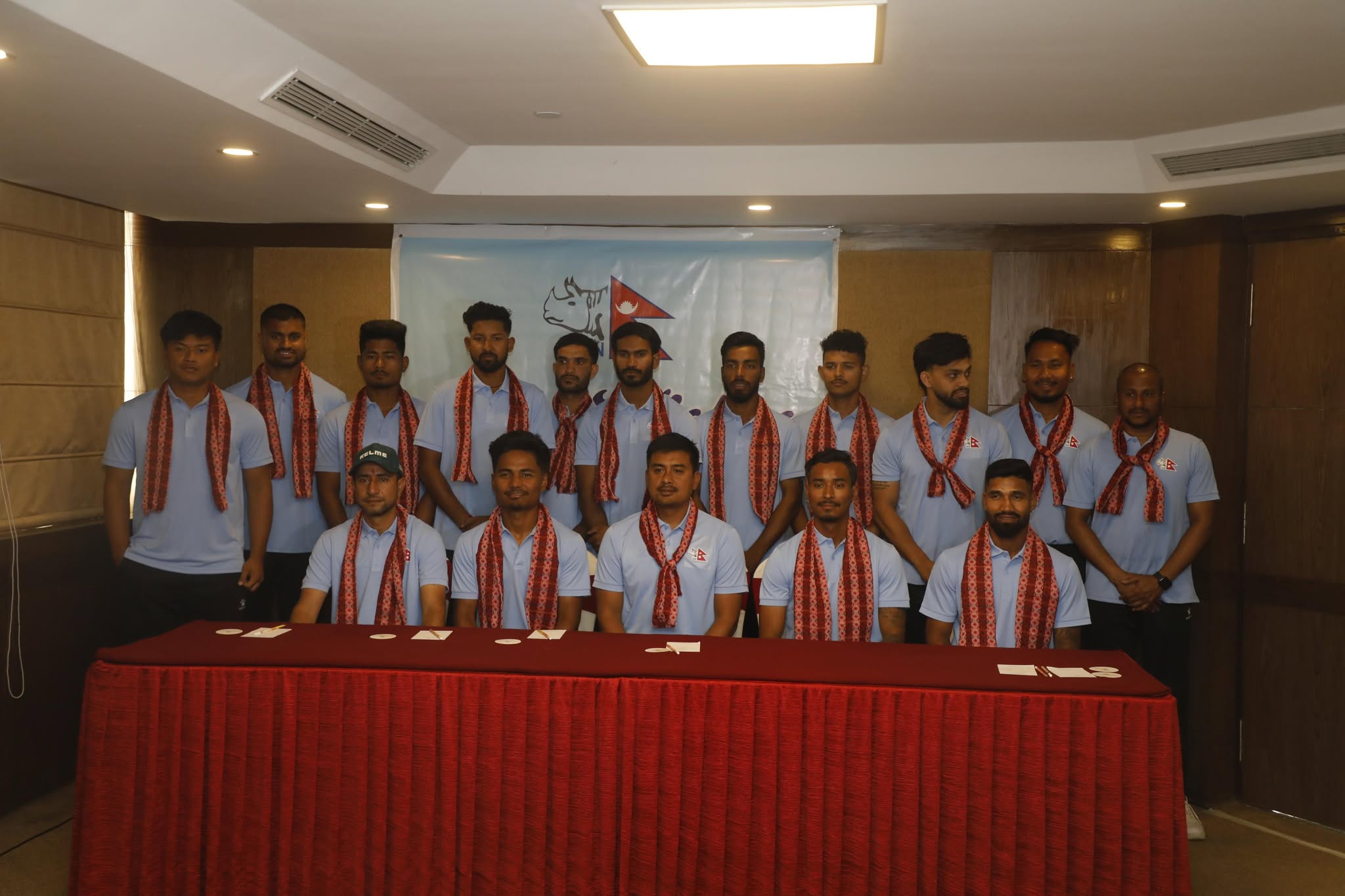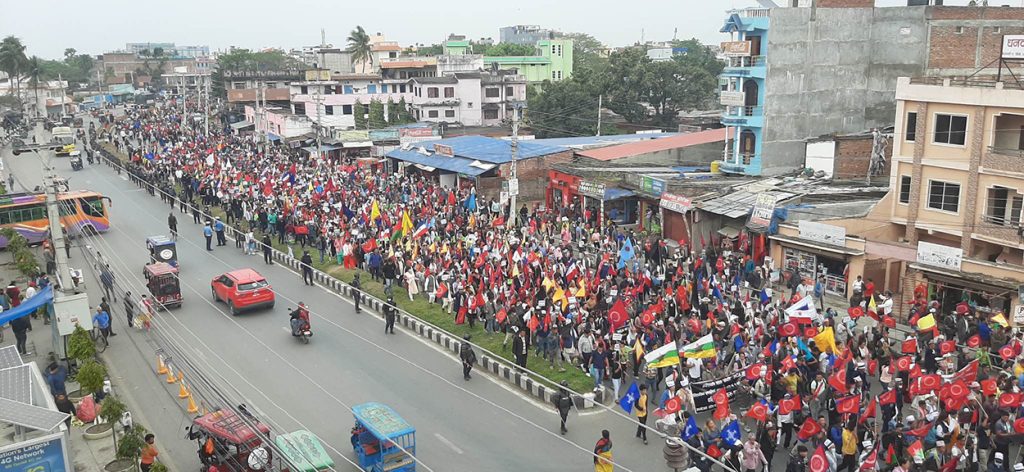
Many political parties in Nepal claim to represent people belonging to a particular social class, community or ethnicity. They carry the agenda that these people are underrepresented, excluded and marginalised in both public institutions and the political system in Nepal, hence identity politics is necessary.
Personally, I support inclusion and affirmative action. However, when we analyse identity politics and representation in the light of contextual political and socio-economic realities, we see contradictions, gaps, confusions, distortions and manipulations everywhere.
This necessitates the question of if this is necessary for the true representation of people in Nepal.
The faults in identity politics
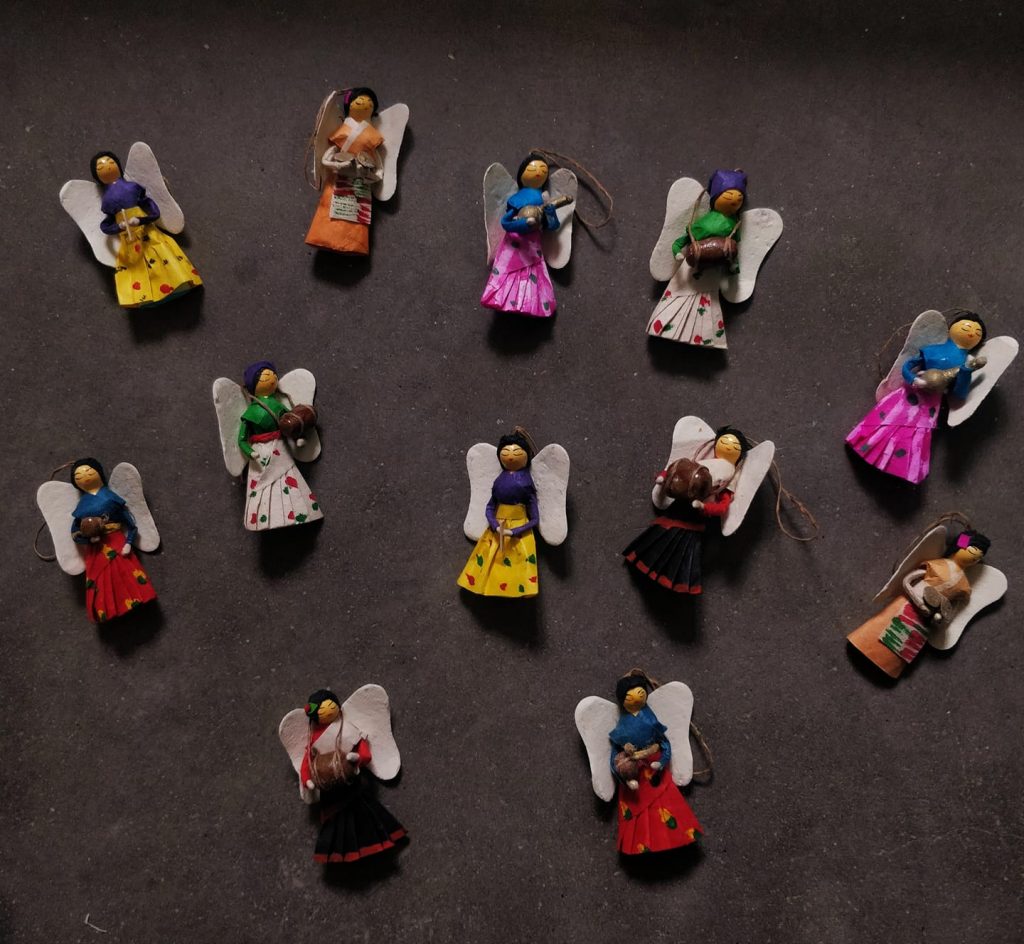
Firstly, the categorisation of identity for the purpose of making reservations in public institutions and political representation is overarchingly vague and poorly classified. For example, in the categories of Adivasi and Janajati, the Newas of Kathmandu and the Sherpas of the Himalayas are equally represented along with the Tamangs and Magars of the hill ethnicity and the indigenous people of the Terai community. This fuzzy, obscured and unspecific categorisation allows ample space for gross abuse, misinterpretation and misuse of this system.
The fundamental issue is that this crude classification fails to take into account the nuanced differences in economic class, gender-based discrimination, unequal access to resources, geographic advantages, private property ownership, the historical and cultural nature of relationships between members of various Nepali ethnic communities and the predominance of social hierarchy within a particular ethnic community.
Similarly, just because a millionaire, a feudal landlord, a person who makes a living by painting brick walls, or an individual from the Musahar community share a common ethnic or regional identity, for identity politics, they are all lumped into the same classification. But in reality, a millionaire gets more advantages in politics and other public institutions than a poor person.
Hence, poor and underprivileged people within that group always feel that due to another socially privileged and politically powerful ethnicity or community, they are being oppressed, marginalised and deprived of their rightful access to public resources.
Here, it is also important to understand that identity politics and representation emerged in the institutions of developed countries, where being poor is no longer a cause for social injustice and discrimination, whereas your gender, sexual, ethnic, racial, or political identity may be. Hence, identity politics does not include the social class differences prevalent among ethnic communities. However, in the Nepali context, poverty and social class differences make a lot of difference when it comes to access to public resources and political opportunities, whatever, region, community or ethnicity one belong to.
The prevailing question
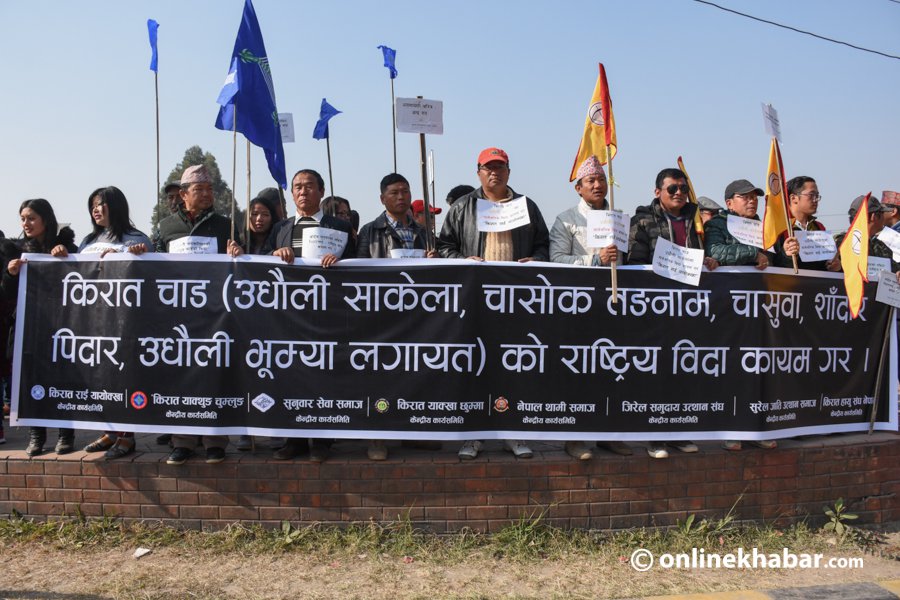
Indeed, people belonging to the cluster of women, Adivasi Janajati, Dalit and Madheshi communities in Nepal are underrepresented in the state machinery. What about those women, Adivasi Janajatis, Dalits and Madheshi people from underdeveloped regions, who, in contrast to the majority of people in their community, are already economically successful, educated, and socially privileged?
Are these people sharing any of their achievements and affluence with the people of their community as a part of their collective identity and solidarity?
Apart from political narratives and discourses, we do not find anything material or substantive in their contributions. However, when it comes to maximising the benefits generated by identity politics, mostly educated, economically affluent and elite individuals get the most privileges. The least economically privileged and socially backward people make the most sacrifices when it comes to struggling for the representation of their community, region or ethnicity.
Additionally, factions, mistrust, and a lack of cooperation, as well as actions driven by limited self-interest, show how completely unconcerned identity-based political parties and their leaders are with the advancement of their communities.
Here, it is important to realise that those who claim to represent their ethnic communities in reality only represent themselves, maximise their self-interest, consolidate their power position and do all they can for their family members.
Hence, reservation and political representation systems in Nepal have been grossly exaggerated, manipulated and misused as tools for maximising the self-interest of a few politically and socially influential individuals of a particular ethnic community or regional identity under the guise of collective ethnic identity and solidarity.
As a result, identity politics and representation in Nepal reflect the deep structure of our society. It is a feudal privilege given to a few educated and socially influential leaders to carry the burden of liberation for their obedient subjects because they cannot politically speak for themselves.
Thus, identity politics and representation in Nepal have become a mere elitist project and a struggle of privilege between so-called “privileged communities” and “privileged” people claiming to represent underprivileged communities or ethnicities.




